Technically, China and the United States are still in a trade war, which was started by former U.S. president Donald Trump. At the same time, the new POTUS – Joe Biden – has started a Cold War with China. To make matters worse, a shortage of coal has forced power cuts at Chinese factories. Yet, none of those could stop the world’s largest factory.
China, the world’s second-largest economy has staged an impressive rebound from the Covid-19 pandemic. Its exports to the world jumped 28.1% in September 2021 from a year earlier to a whopping US$305.74 billion – beating economists’ expectations of a 21.5% growth. It was also slightly faster than August’s growth of 26% – suggesting a strong global demand.
Import growth rose to US$240 billion or 17.6% from a year ago, but still below the 20.9% forecast by economists. Essentially, China recorded a trade surplus of US$66.76 billion in September from US$58.34 billion in August – the highest level since 2015. Economists and analysts were surprised as they had forecast a trade surplus of only US$46.8 billion in September.
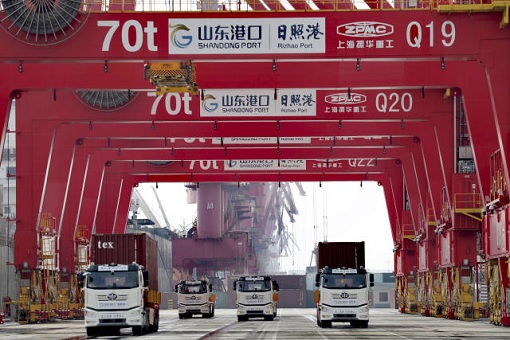
Its trade surplus with the U.S. alone rose to a monthly record of US$42 billion (from nearly US$38 billion in August), meaning that even without America, China still recorded US$24.76 billion surplus with the rest of the world. China’s exports to the U.S. jumped 30% to US$57.4 billion, while imports from the U.S. rose nearly 17% to US$15.4 billion (hence the US$42 billion surplus).
Still, some analysts said the Chinese export growth of 28.1% in September was slightly slower than the 33% increase recorded in August. But that could be explained – shipping bottlenecks and other disruptions linked to Coronavirus outbreaks. The country’s “zero tolerance” Covid policy has seen Chinese ports facing congestion as vessels were diverted or stuck in queue.
China’s Ministry of Transportation has issued orders to all ports to have special teams to deal with foreign vessels and required their crews to have health certificates or negative tests before allowing them to load and discharge cargos. While such zero tolerance policy is good for controlling the pandemic, it is bad for the global supply chain, which in turn affected the September trade numbers.
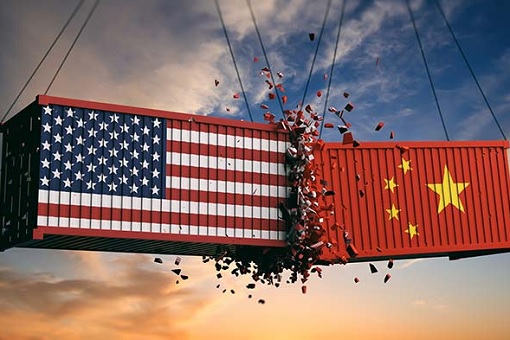
Despite the increasingly anti-Chinese sentiment in the U.S., thanks to Donald Trump and Joe Biden’s pledges and determinations to prevent China from becoming the world’s “leading” and “wealthiest” country, the U.S. remained China’s largest trade partner on a single-country basis. And there’s no sign that trade surplus in favour of China will change anytime soon.
In 2018, Trump administration demanded that China cut its trade deficit with the U.S. by US$200 billion in two years, failing which the U.S. had threatened to impose steep tariffs on Chinese goods entering the United States. So, after a 2-year trade war, the U.S. and China finally signed a trade deal – “Phase One” – in the middle of January 2020.
But at that time, the world’s second biggest economy shrank 6.8% in the first quarter of the year – the first time China’s economic powerhouse has ever experienced a contraction since 1987. That obviously has created doubts whether the country could actually fulfil its promise to purchase US$200 billion in U.S. goods over the next 2 years. The deal was signed anyway to allow Trump to gloat.
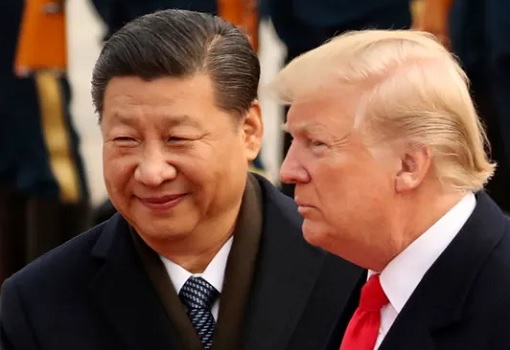
To meet the US$200 billion numbers, the “Phase One” deal says Beijing will buy US$77 billion in 2020 and US$123 billion in 2021 of additional American products. Therefore, in theory, the U.S. exports to China should skyrocket to US$263 billion in 2020 and US$309 billion in 2021 (based on a 2017 baseline, the year China bought US$186 billion of goods and services).
But in 2020, China spent only US$94 billion on the American goods, roughly about the same figures in 2017, the year before Mr Trump began his trade war. China’s imports from the U.S. in the first half of 2021 rose to US$87.94 billion, but still too far away from US$309 billion target. Meanwhile, China exported US$252.86 billion worth of goods to the U.S. in the first half of 2021.
Obviously, China’s promise to boost purchases of U.S. farm and manufactured goods, energy and services by US$200 billion over two years had been just wishful thinking. Since taking office in January, President Joe Biden has retained Trump-era tariffs and sanctions on major Chinese technology companies such as Huawei, while slapping additional sanctions on Chinese companies.
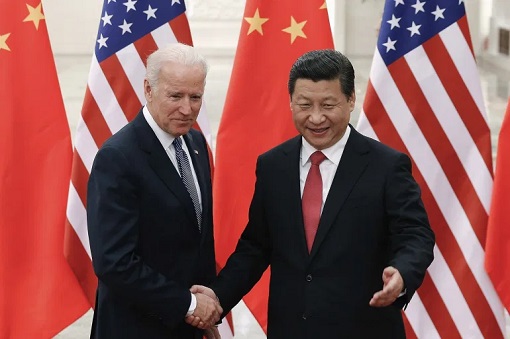
With failures to counter China’s economic strength, Biden administration has yet to announce any new – more effective – strategy. Instead, over the weekend, Beijing has pressured Washington to eliminate all tariffs introduced by Trump during virtual meetings between U.S. Trade Representative Katherine Tai and China’s Vice Premier Liu He.
China appears to be not interested in keeping its promise to buy an additional US$200 billion worth of American products, let alone increased protections for copyright, trademarks and other forms of intellectual property. Exactly why should the Chinese buy more after the US-China trade war has deteriorated and become a Cold War under Biden administration?
In fact, the volume of Chinese imports of soybeans, of which the U.S. is the largest supplier, dropped 30% in September from a year ago. China has a bigger fish to fry – power shortages, slowing property sector and even soft domestic consumption. Its imports of coal and related products surged 76% in September to 32.9 tons, with value of coal imports more than tripled to US$3.91 billion.
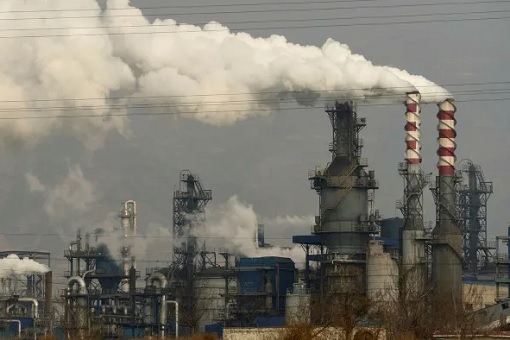
The imports of natural gas increased 21.8% from a year ago to 10.6 million tons in September, worth US$5.19 billion, more than doubled year-on-year. However, purchases of crude oil declined by 15.2% from a year ago to 41.1 million tons. The U.S. oil producers exported 15% of its crude to China – the biggest customer.
Despite political tensions between China and Australia, the September trade figures saw Chinese imports for thermal coal from Australia surged about 50% from a year ago to US$15.04 billion. Interestingly, the Chinese exports to the land Down Under jumped nearly 24% to about US$6 billion in the same month.
The drop in import of iron ore suggests a downturn in construction and property sector, while the lower import growth indicates a softening domestic demand. But it could be a deliberate move by the Chinese government to finally curb rising levels of debt and cool a construction boom that has driven a large part of economic activity in recent years.
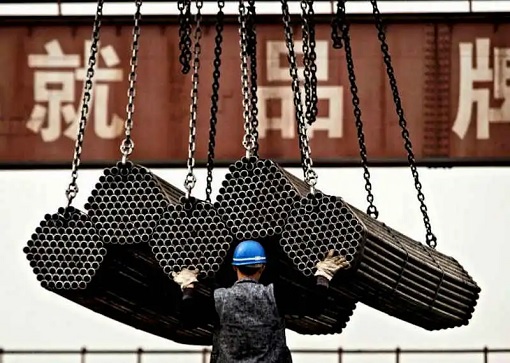
Other Articles That May Interest You …
- Crude Oil Hits $80, Highest Since 2014 – Could Reach $100 As OPEC+ Controls Production To Milk Demands
- Biden Blinked – Huawei CFO Sabrina Meng Returns Home, US-DOJ Dropped Extradition Request
- Commodities Crash – How China Releases Metal Reserves To Tackle High Prices And Shortage
- Trade Surplus Of $535 Billion – Not Even The U.S. Trade War Or Covid Pandemic Can Destroy China Economic Powerhouse
- Five Eyes Alliance Plans To Teach China A Lesson With Economic Sanctions – But It’s Easier Said Than Done
- China No Longer Needs U.S. Parts – Huawei Mate 30 Contains Zero American Chips
- China’s Trade Surplus For May Hit $41.65 Billion – Trump Threatens Xi To Meet Him At G20 Summit … Or Else
- The U.S. To Officially Request Sabrina’s Extradition – But Canada Isn’t Happy Their Citizens Are Being Punished
- From Trade War To Political Kidnapping – Two Canadians Held “Hostage” As China Retaliates
- US-DOJ Investigates Huawei For Violating Iran Sanctions – It’s All About Business, Stupid!!
- China Invasion – Top 10 American Iconic Brands Now Owned By Chinese

|
|
October 13th, 2021 by financetwitter
|


|

|

|

|

|

|




























Comments
Add your comment now.
Leave a Reply